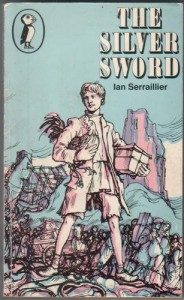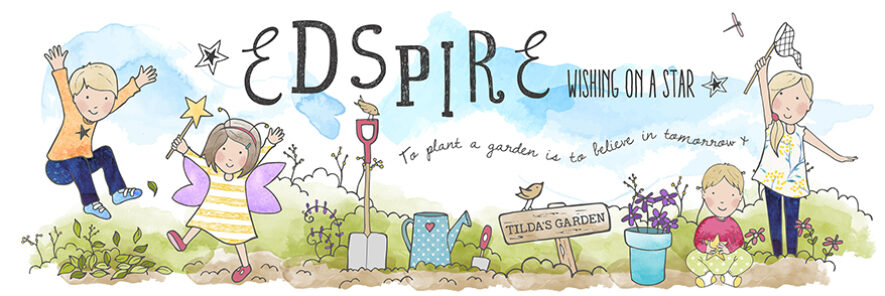The Silver Sword is a book that has stayed with me all of my life, or at least since I first discovered it in primary school when it was read to me by my teacher, Mrs Foster.

The Silver Sword is a story based upon true fact that touches my heart every time I read it.
It is an inspirational story of tremendous courage, hope and determination in a terrible situation. It is the tale of four children’s struggle to stay alive as they journey through war-torn Europe, during the years of Nazi occupation.
This is a book that I will definitely hare with my own children and one that I have used in my teaching with children from Years 5 and 6. As well as being a story to share for its own sake it can also be a powerful text to use as part of a literacy or history lesson.
Personally I would incorporate the novel into a half term topic about war and conflict focusing on children and refugees. I believe that this would enhance the children’s understanding of the setting of the story, time and place, and help them to empathise with the characters and their situation. It would also give opportunity for looking at war poetry and other related texts such as When Hitler Stole Pink Rabbit and I Am David, two of my other most favourite books!!
I believe that The Silver Sword is a strong story, appealing to both boys and girls. I also feel that it is a novel that children can become really involved with and feel passionate about as the main characters are the same age as them and share similar likes and dislikes. They can really try to put themselves in their shoes.
At different points in the story children can further their understanding of and empathy for the characters by using hot-seating. One person would assume the role of a character from the novel and the other children would ask them questions about how they are feeling at a certain time, what are their fears, their worries, their thoughts about the other children and characters in the book. This would be a good way of considering what happened to Edek before the other s find him and or to Jan before he finds the others, or to the mother. It helps to enhance the understanding and enjoyment of the story by encouraging children to really read between the lines and think what could have happened based on what they already know about the novel and the war situation. It also helps to ask children o try to relate what they are reading to their own lives in some way, perhaps through emotions and feelings. When have you felt sad and lonely? Who is your best friend and why? If you had a treasure box like Jan’s what three objects would you put into it and why?
This book lends itself to being a platform for discussions about refugees and children’s experiences of war. It would be interesting to work with different charities such as The Red Cross to really develop understanding and compassion in this area.
On a creative note it would be good practice to watch the television serialisation of The Silver Sword, with children at home or at school, and notice and discuss any points that are different from the book. This would include evaluating the performances of the actors playing the main characters. Is it well cast? Do the characters loo as you imagined them to? Who would you cast in each role?
With my own children at home and pupils at school I would ask them, at the end of each reading session, to make a prediction of what they think might happen next in the story. Anticipating what might happen next in a text is an important part of reading, it is how we link what we know, what we think and what we have read together. It helps us to make sense of what we are reading and it uses imagination and creative thought.
I believe that as well as being great to read The Silver Sword provides a springboard form which many forms of writing can be launched (or sprung! ) – diaries, letters, stories, poems, reports, recounts, information texts, arguments and many more. The book has strong characters and a good plot with some chapters that could potentially lead to very powerful, creative interpretation, particularly Chapter 27, The Storm.
This book gets me so excited!
English is a subject that I have always been passionate about and I hope that through this passion, my knowledge of children’s literature and my ability to meet educational objectives through that literature, I will be able to inspire my own children and the pupils that I teach in my classroom to love English and books just as I do.
The story of The Silver Sword takes children on the journey of The Balicki Family but it is also a very personal journey where it is possible to discover many new ideas, new words, new thoughts and new inspirations. I truly believe that children take something from every story they read that moves them a little further on in their journey of discovering exactly who they are and what they want to be.
On this World Book Day 2011 I recommend this book as a winner with children aged 9 – 99.
Every journey begins with a single step so perhaps reading The Silver Sword could be yours.
Edspire

Pingback: Books and Babies | Edspire (Esther and William in the World)
Great post. I haven’t read this book – though clearly I need to do so – but I remember I Am David with great vividness from my 6th grade class.
Thanks for Rewinding at the Fibro.
It is a wonderful book and if you enjoyed I Am David then I am certain that you will love The Silver Sword x